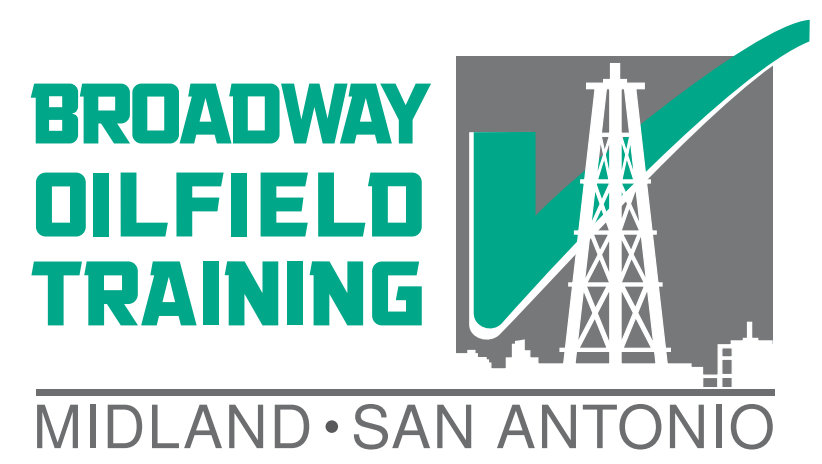Few topics in Oilfield Training are more region specific than the weather. In certain regions, some types of extreme weather are much more or less likely. In South Texas, however, the meeting of mid-continent and gulf coast regions means that all types of severe hazards are possible and need to be covered in the training program. Due to Railroad Comission Rule 3.66 the training must now also cover weatherization.
HEAT
High temperatures during the summer months are one of the most distinctive parts of the South Texas climate. We have covered heat safety in an earlier SafeLand topic post including a widget showing the current weather conditions in South Texas and San Antonio.
HAIL, LIGHTING, HIGH WINDS, TORNADOES
Hail is an occasional hazard that can cause injury or property damage. Workers need to be ready to seek shelter in vehicles or the dog-house if forecasts show approaching hail storms. Lightning is known to cause fatalities as strikes can be powerful and appear somewhat at random. The metal in the derrick can easily attract lightning strikes, so if lightning is visible then it is time to consider shutting down the rig and seeking shelter until the storm has passed. Lightning can also start grass fires and block your egress.
High winds can push equipment over, which needs to be taken into account in South Texas. Winds can also pick up loose items and create a struck-by hazard. Tornadoes are somewhat unusual in South Texas, but they are still possible. They create extremely high wind hazards.
FLOODS
After heavy rains, rivers and watersheds rise and can create a flooding hazard. South Texas workers need SafeLand training to understand that even high clearance trucks have become stuck in small temporary water crossings. Larger floods can trap workers at the wellsite and sweep away vehicles and equipment.
HURRICANES
Due to its position along the gulf coast, South Texas occasionally experiences hurricanes during mid to late summer. Hurricanes bring a large amount of wind and rainfall. This presents struck-by and flooding hazards that need to be planned for. Fortunately, news media seem the best prepared when it comes to presenting forecasts for upcoming hurricanes.
ICE AND COLD
When people think about South Texas, they do not often consider the hazards of cold weather. South Texas, however, can ice up and experience cold periods during the winter. Due to this, Rule 3.66 now says that operations personell must receive training on winter operations and safety. The safety aspect of the winterization training teaches workers how to be aware of hypothermia and frostbite because when it does occasionally freeze over that doesn’t mean the rigs will shut down. Also, because workers may be sent to work in higher latitudes, where it is also important to cover cold weather hazards.
Recommended Training: Rule 3.66 Emergency Training
Notice: Article is provided as is and for informational use only. Eagle Ford Training San Antonio, its owners, instructors, and affiliates hereto referred as the company shall have no liability for and you shall defend, indemnify and hold harmless from and against any claim loss demand, liability, obligation, and expense based upon any injury or damage, spill or pollution, product liability, or any other loss that may occur. The liability for the use of information is solely yours notwithstanding any act of error or omission by the company.

Lots of flooding in tx this yr!!